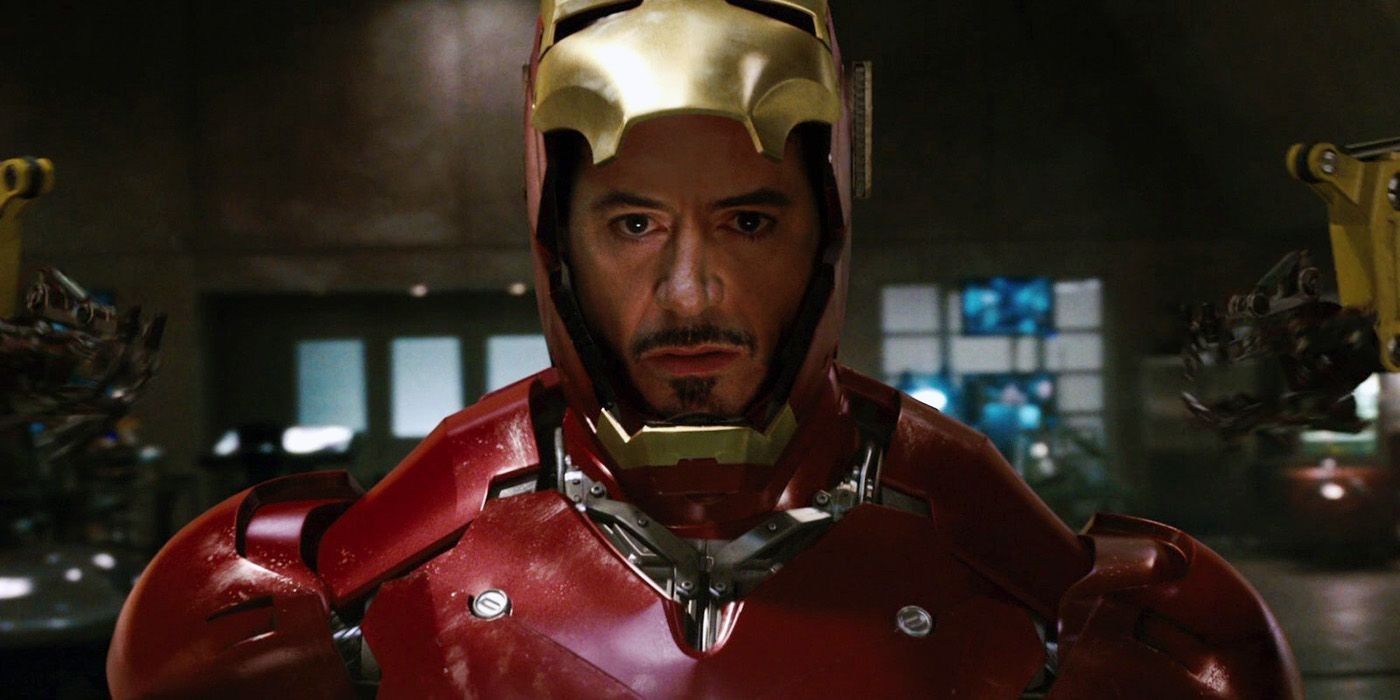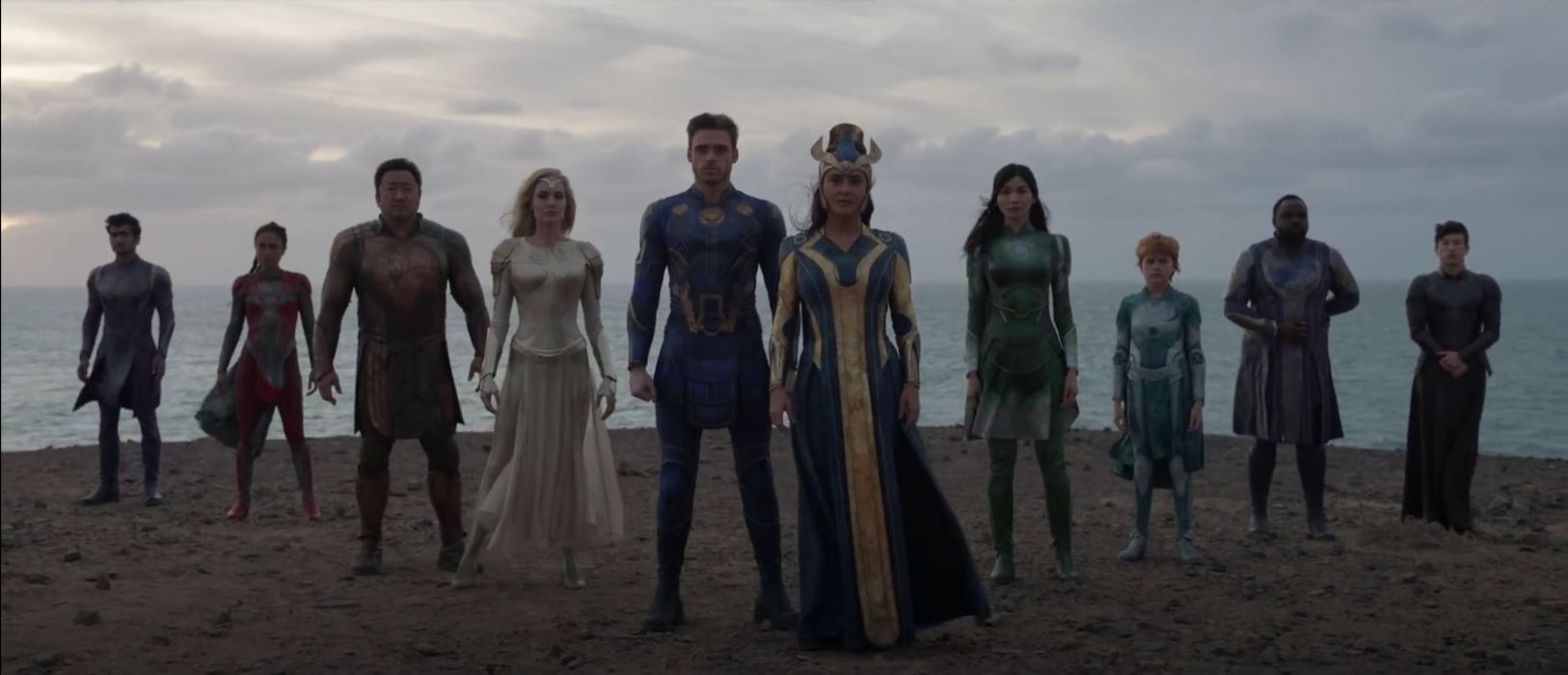Taking Risks Has Always Been What Marvel Studios Does, No Matter The Cost

The MCU is one of the world’s most valuable media properties, one whose endless potential and mass appeal can only be rivaled by Disney’s other prized content gem, Star Wars. Yet life wasn’t always so easy at Marvel Studios, a company that up to 2005 had flirted with bankruptcy and was seeing little gains from the early batch of licensed Marvel superhero films featuring the coveted X-Men and Spider-Man.
So how did Marvel Studios turn a $525 million loan into the huge media empire that the MCU is today? Well, they did it by doing what it continues to do, taking risks. In 2005 Marvel Studios entered a deal with investment bank Merrill Lynch that would allow it to produce up to 10 films based on the properties for which it still had films rights, which included Captain America, Black Panther, Ant-Man, Doctor Strange, Nick Fury, and The Avengers, plus a bunch of other minor Marvel Characters. There was plenty of upside in case Marvel succeeded, but the risk of losing everything was also there.
At the time, Marvel Studios still hadn’t gotten back the film rights for Iron Man, Thor, and The Hulk (it would soon enough) so the MCU was being forced to kickstart its production process without its biggest names which were still in the hands of Fox and Sony. The truth is, both Iron Man and Hulk were at the time relative B-listers in Marvel Comics because sure, Iron Man had his own animated series in the 90s, but it was not the most memorable among the pack so Marvel Studios was betting more heavily on Hulk rather Tony Stark.

Iron Man and The Incredible Hulk would see Marvel Studios spend most of its initial loan budget, but only the former proved to be a success while Hulk choked at the box office to make for the studio's only ever financial blunder. As it turned out, going left-field to cast the controversial Robert Downey Jr. as Tony Stark would pay off dividends for over a decade to the point where every Marvel fan still misses Iron Man to this day.
Jon Favreau ended up choosing Downey Jr. for the part because he felt the actor's own personal struggles and public persona would help audiences process the kind of journey he had envisioned for Tony Stark since the start, from likable arrogant billionaire to the kind of hero whose demise can snag a tear or two out of viewers, and with that, the MCU was born.
It bears saying that Marvel Studios was never an underdog of any kind, Kevin Fiege had clear-cut plans for a bug budget MCU since the start, but that didn’t stop the studio from giving the likes of Chris Evans and Chris Hemsworth their breakout roles in their blockbuster films, even when the former had already starred in the generally disliked Fantastic Four: Rise of the Silver Surfer. By 2012, when the fully assembled Avengers rolled around, Marvel Studios was already booking bigger names like Scarlett Johansson to jump in the MCU with a relatively minor role in Iron Man 2, and the company could go all out on budget to make Avengers one of the most successful films ever at the time.

Marvel Studios' history prior to and during the MCU’s Phase One is that of a company blessed with having some of the world’s most recognizable heroes and shrewdly using them to build a media empire that has not stopped growing. With people like Feige on board, Marvel was never short of creative talent, it was just a matter of finding the right business opportunity to let that flourish and that itself proved to be a huge gamble given the studio's tight financial circumstances.
Perhaps for that reason, Marvel Studios has continued to take some risks over the years, whether it’s the brilliant way in which it turned the relatively unknown Guardians of the Galaxy into James Gunn’s hilarious brainchild; its unique take some comic book plots, as seen in the way the Mandarin was approached for Iron Man 3; or how now, even at the peak of its powers, WandaVision managed to succeed despite being nothing like anything the MCU had produced before.
Considering X-Men and Spider-Man films have not had nearly the same level of overall critical acclaim their MCU counterparts enjoy, it’s safe to say Marvel Studios really knows how to make a superhero movie better than anyone else. So even if the Eternals trailer has gotten mixed reception from some fans, there should be no doubt of Marvel’s ability to continue making engaging and highly entertaining stories.

The Marvel known and loved today would not have been possible without boardroom heroes like former CEO Peter Cuneo, who kept the company afloat and led its now-legendary comeback. For the MCU to do it all without the X-Men and only sporadic appearances from Spider-Man speaks volumes of the kind of creativity that lives in Marvel Studios, it is simply the perfect combination of source material and ingenuity that makes Eternals and Shang-Chi and the Legend of the Ten Rings such exciting prospects, now that the Marvel starts to add kung-fu, ancient history and intergalactic plots to its superhero menu.
As Phase Four kicks off with business better than it’s ever been, that same imagination can definitely be trusted to do the same for all the new shows and movies that are coming over the next three years, especially now that the mutants, Fantastic Four, and Deadpool have joined the party, things can only go up from here.

Post a Comment